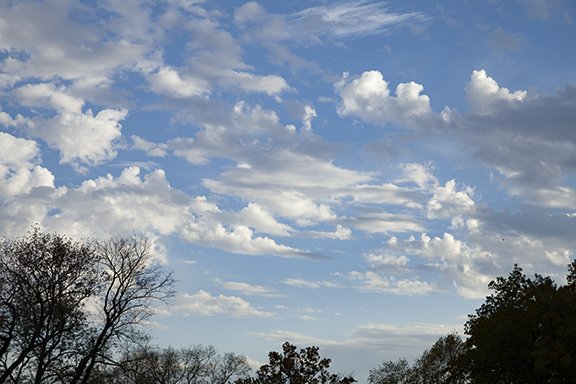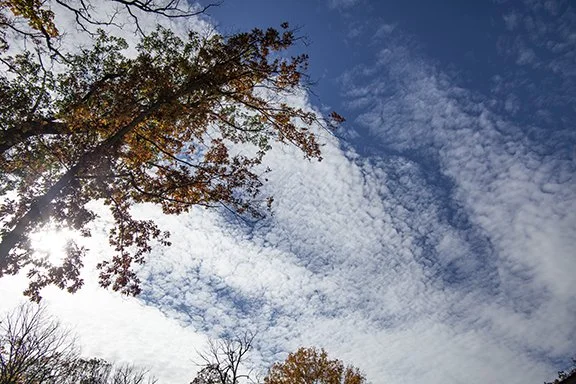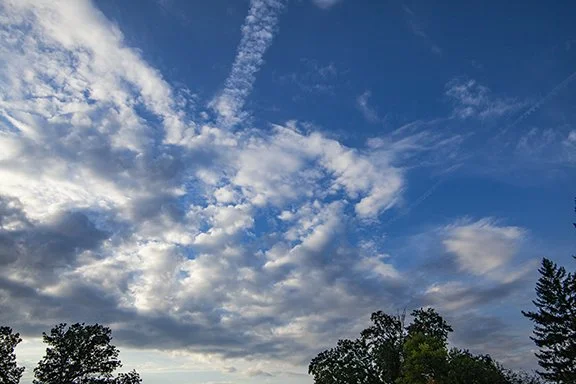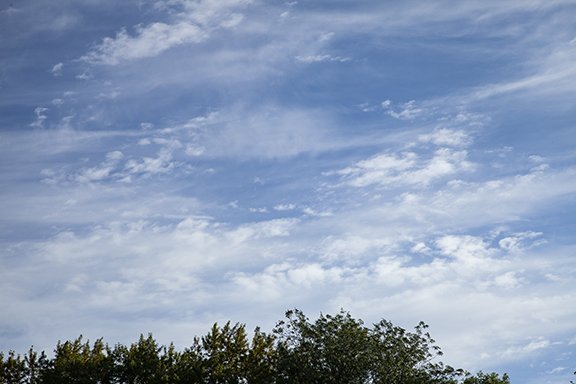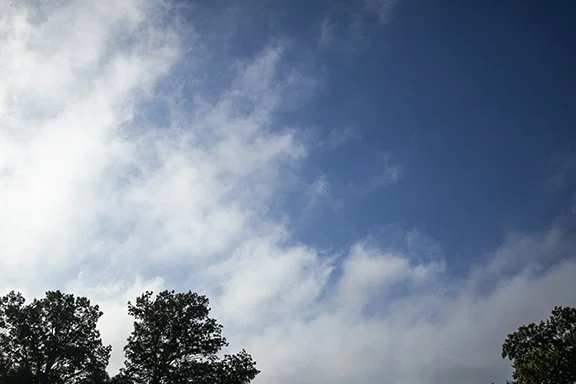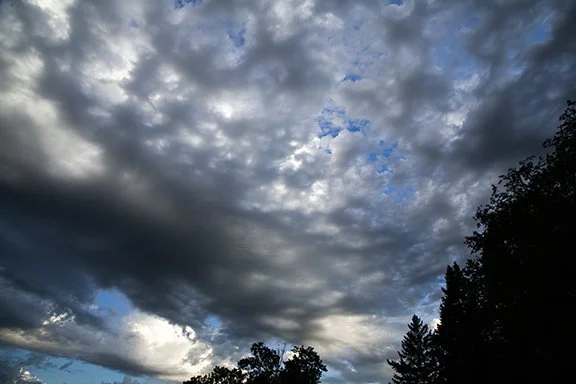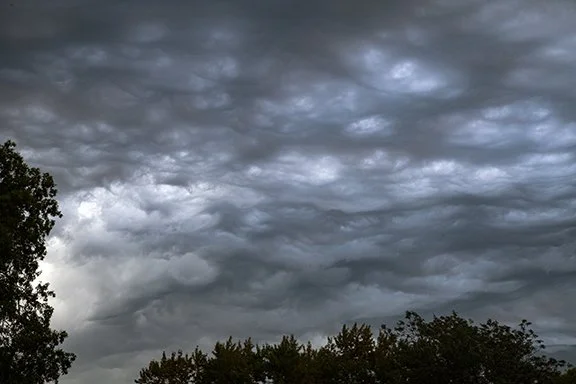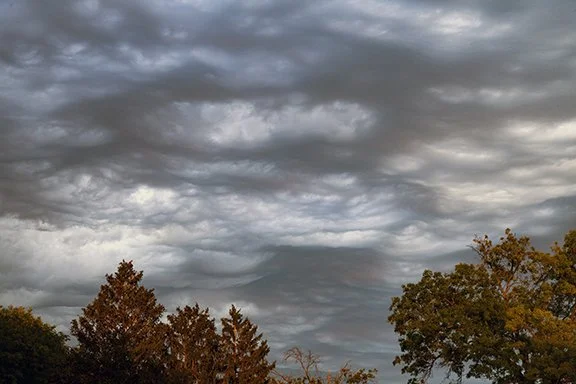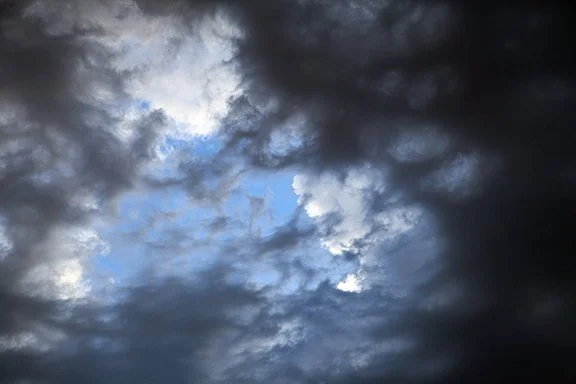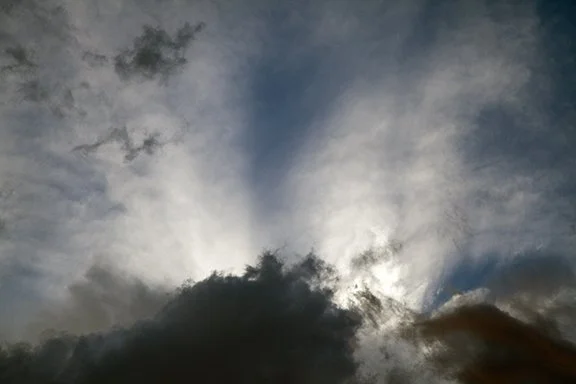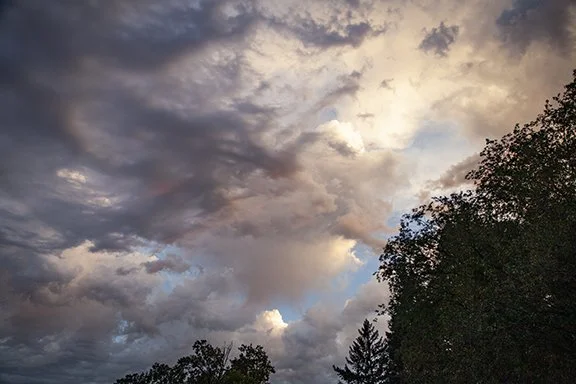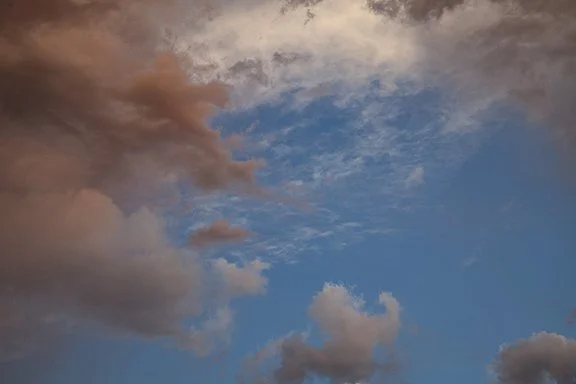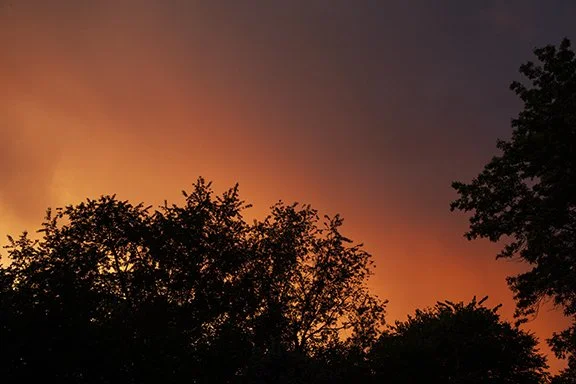Clouds of the Day, Wednesday, November 2, 2022- Cirrus fibratus and CONTRAILS
/After days of clear skies we finally had clouds from the Cirrus family move overhead from the west. CONTRAILS get their name from Condensation Trails - man-made clouds that form from the condensation of water vapor in jet engine exhaust. As long as there is sufficient moisture aloft naturally the addition of more moisture from the engine exhaust raises the relative humidity high enough to condense into a CONTRAIL. Several CONTRAILS are visible in the photo below and over time they either spread into a pattern seen here from the bottom left to the upper right of the photo or they may evaporate where the air is drier as is seen in the CONTRAIL visible in the center of the photo and near the bottom of the screen.
NOTE: Do you see the Moon in the lower left?
Photos by Craig Johnson, Weather Briefing, LC
Photos are by Craig Johnson, Weather Briefing, LC
The photo above is an excellent example of Cirrus fibratus. This is looking northwest in the direction of where the Cirrus were coming. There are also wave clouds in the lower center of the photo which are cirrostratus or high altostratus. Our high temperature reached 76 degrees - a beautiful November day.




